Congress City
Istanbul
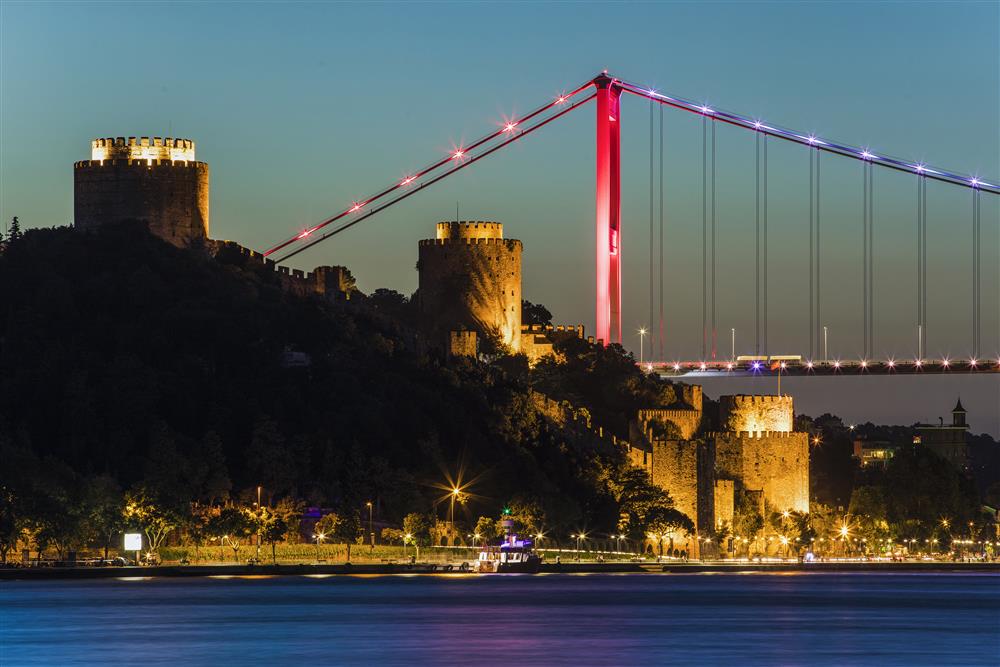
About Istanbul
Istanbul, the city where continents meet, the cultural capital of Turkiye, and a bridge between East and West. With its deep history, stunning architecture, and vibrant local lifestyle, the city welcomes millions of visitors from around the globe every year. Istanbul, one of the world’s most iconic destinations, offers you an unmatched experience.
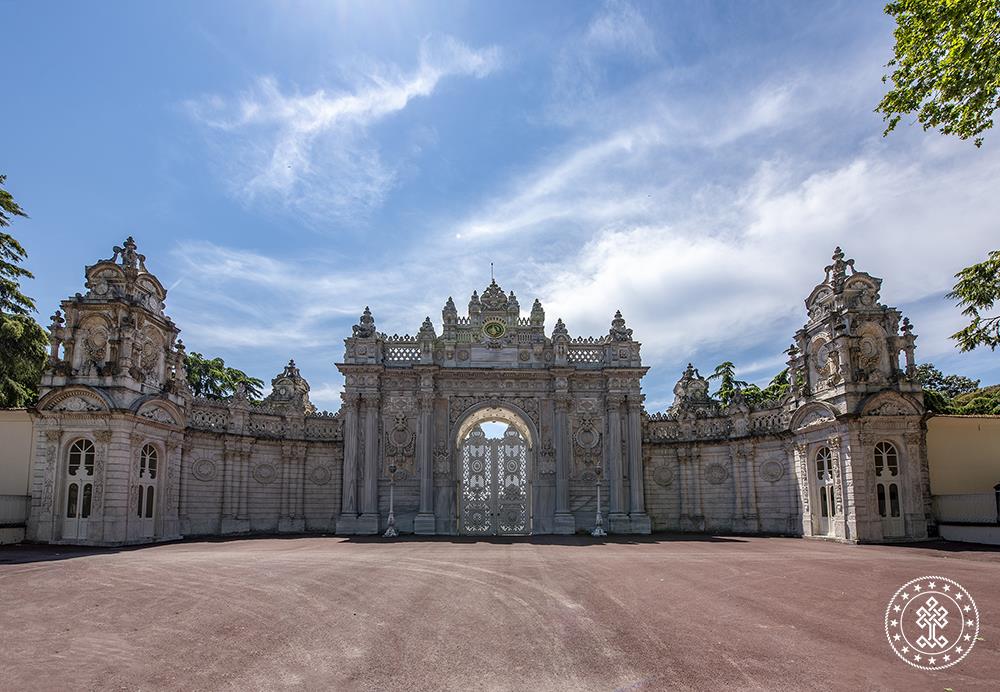
Things to do
Istanbul boasts countless well-preserved historical sites and ancient landmarks spanning thousands of years. These iconic structures offer endless options for daily exploration. There is history, breathtaking views, and a vibrant local lifestyle waiting to be discovered. Somewhere beyond your imagination. Istanbul, feel the pulse of two continents.
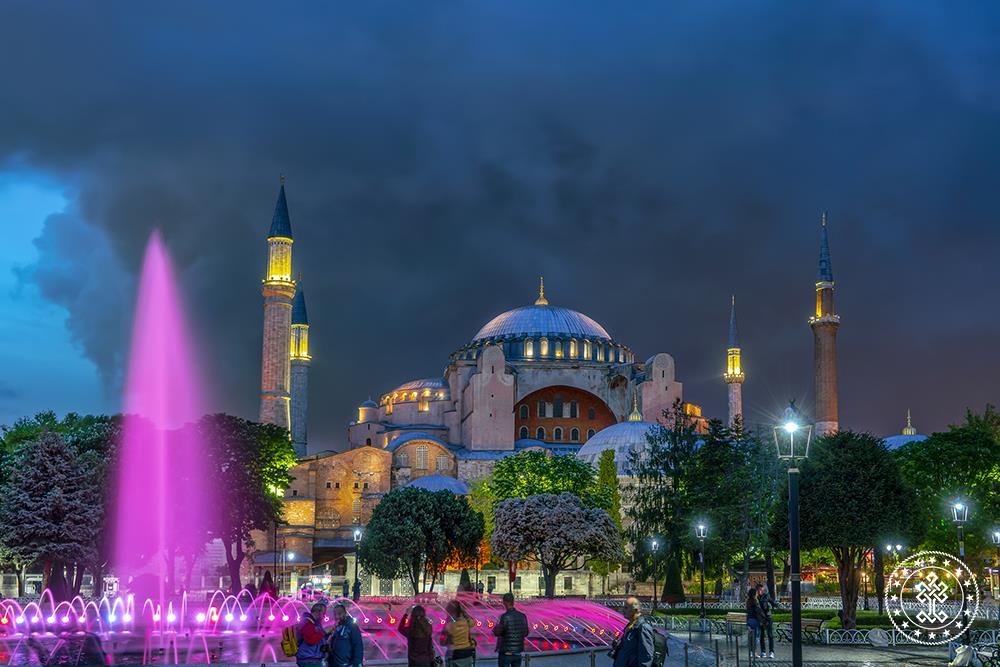
Where to go
Istanbul is a unique city that bridges two continents, blending ancient landmarks that echo history, myth, and legend with modern urban life. As Turkiye’s largest metropolis, Istanbul offers endless places to explore, from its iconic landmarks to its lively neighborhoods. This vibrant city is full of cultural treasures and world-renowned districts that captivate every visitor.
Istanbul
“General Information about Istanbul”
Istanbul is the largest city in Turkiye, straddling the Bosporus Strait, the boundary between Europe and Asia. It is considered the country’s economic, cultural and historic capital. The city has a population of over 15 million residents, comprising 19% of the population of Turkiye, and is the most populous city in Europe and the world’s sixteenth-largest city.
Climate
Istanbul’s climate is temperate, and is often described as transitional between the Mediterranean climate typical of the western and southern coasts of Turkey, and the oceanic climate of the northwestern coasts of the country. Much divergence exists in the terminology used to classify the city’s climate, however.
The city’s summers are warm to hot and moderately dry, with an average daytime temperature of about 28 °C (82 °F), and less than 7 days of precipitation per month. Despite the generally acceptable temperature range, mid-summer in Istanbul is considered moderately uncomfortable, due to high dew points and relative humidity. Winters, meanwhile, are cool, quite rainy, and relatively snow-rich for a city with above-freezing average temperatures.
Istanbul’s precipitation is unevenly distributed, with winter months getting at least twice the level of precipitation of their summerly counterparts. The mode of precipitation also varies by season. Winter precipitation is generally light, persistent and often of mixed precipitation such as rain-snow mixes and graupel; while summer precipitation is generally abrupt and sporadic. Cloudiness, as with precipitation, varies greatly by season. Winters are quite cloudy, with around 20 percent of days being sunny or partly cloudy. Meanwhile, summers experience 60-70 percent of possible sunshine.
Snowfall is sporadic, but accumulates virtually every winter; and when it does, it is highly disruptive to city infrastructure. Sea-effect snowstorms with more than 30 centimetres (1 ft) of snowfall happen almost annually, most recently in 2022.
| Climate data for Istanbul (1991–2020) | |||||
|---|---|---|---|---|---|
| Month | Sep | Oct | Nov | Dec | Year |
| Mean daily maximum °C (°F) | 24.6 (76.3) |
19.9 (67.8) |
15.0 (59.0) |
10.7 (51.3) |
18.3 (64.9) |
| Daily mean °C (°F) | 20.5 (68.9) |
16.2 (61.2) |
11.7 (53.1) |
7.9 (46.2) |
14.4 (58.0) |
| Mean daily minimum °C (°F) | 17.4 (63.3) |
13.6 (56.5) |
9.2 (48.6) |
5.5 (41.9) |
11.5 (52.6) |
| Average precipitation mm (inches) | 81.3 (3.20) |
98.3 (3.87) |
100.5 (3.96) |
124.8 (4.91) |
865.2 (34.06) |
| Average precipitation days (≥ 0.1 mm) | 8.1 | 12.3 | 13.9 | 17.5 | 131.3 |
| Average snowy days (≥ 0.1 cm) | 0.0 | 0.0 | 0.3 | 2.7 | 15.2 |
| Average relative humidity (%) | 75.0 | 78.4 | 78.9 | 78.4 | 76.9 |
| Mean monthly sunshine hours | 234.0 | 158.1 | 93.0 | 62.0 | 2,180.7 |
| Percent possible sunshine | 65 | 46 | 31 | 22 | 46 |
See
Antalya offers plenty of things to do for everyone. If you want to dose up on sightseeing, you’ll find a fascinating line-up of attractions to keep you busy. The labyrinthine old town is full of atmospheric historic sites, while the city is perfectly placed to act as your base for sightseeing around the outlying area, where dozens of grand ruins await. It’s not all history, though. This city is also a great spot for your launch onto the white-sand beaches of Turkey’s Turquoise Coast. Beach lovers and history buffs will both leave satisfied.
1- Topkapı Palace
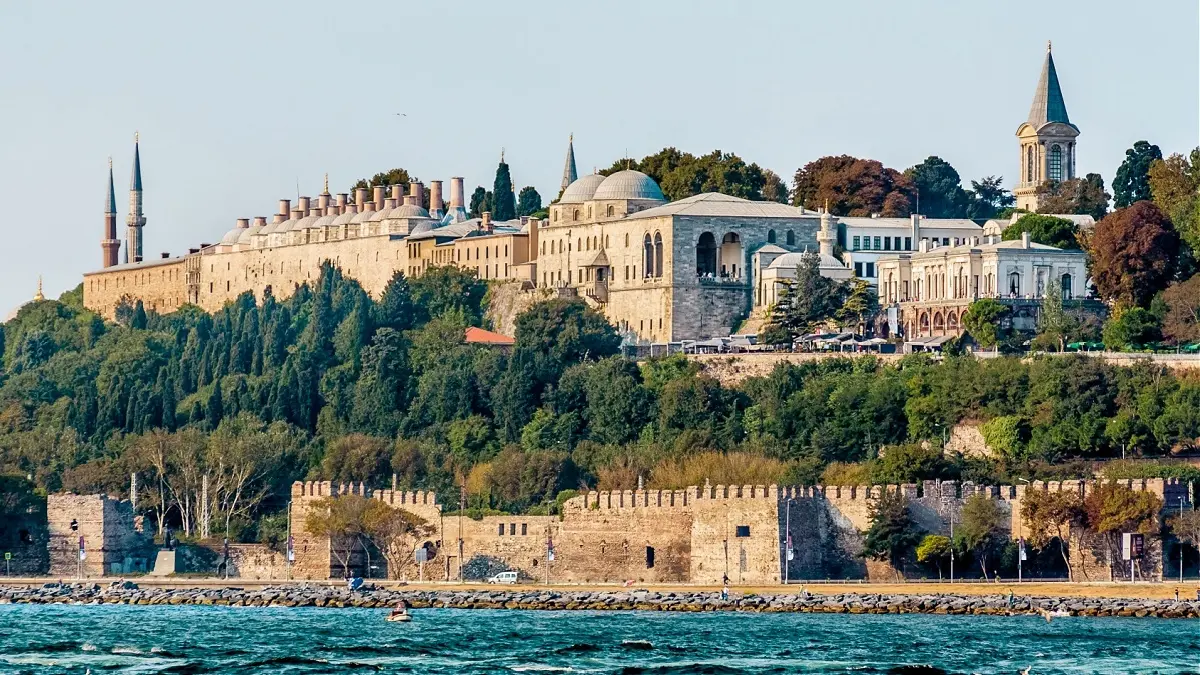
2- Hagia Sophia
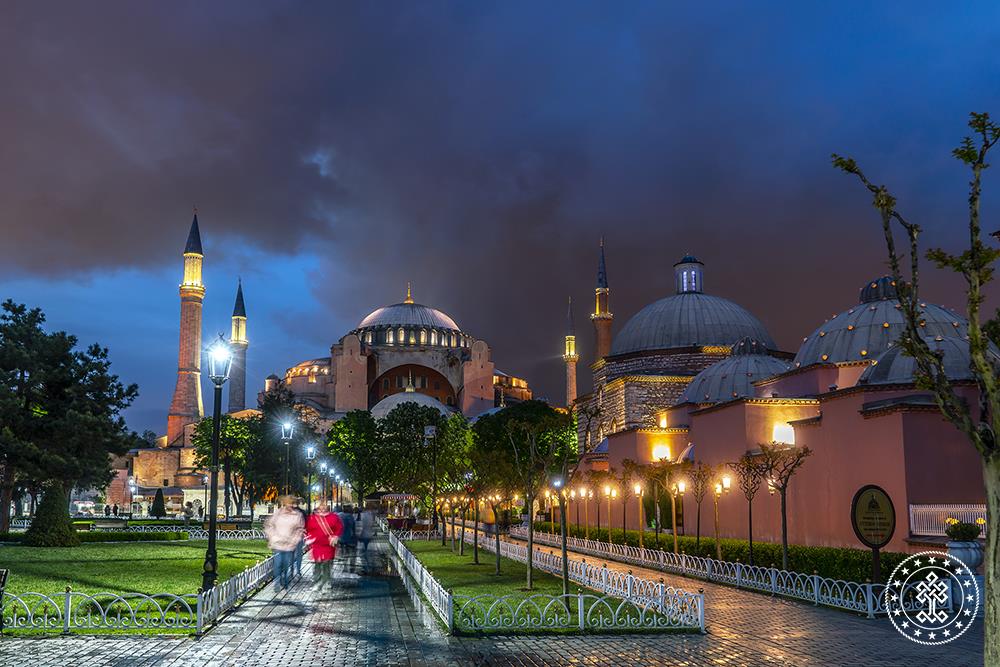
3- Sultanahmet (Blue) Mosque
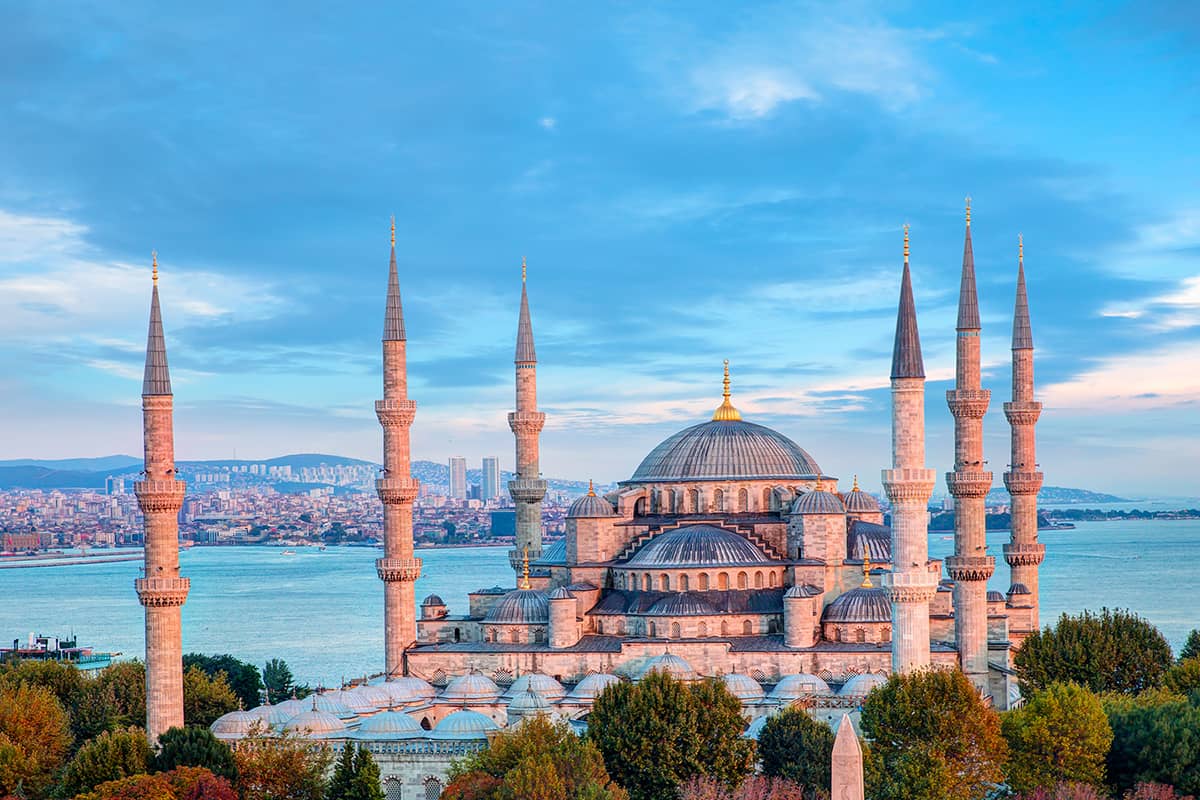
4- Byzantine Hippodrome
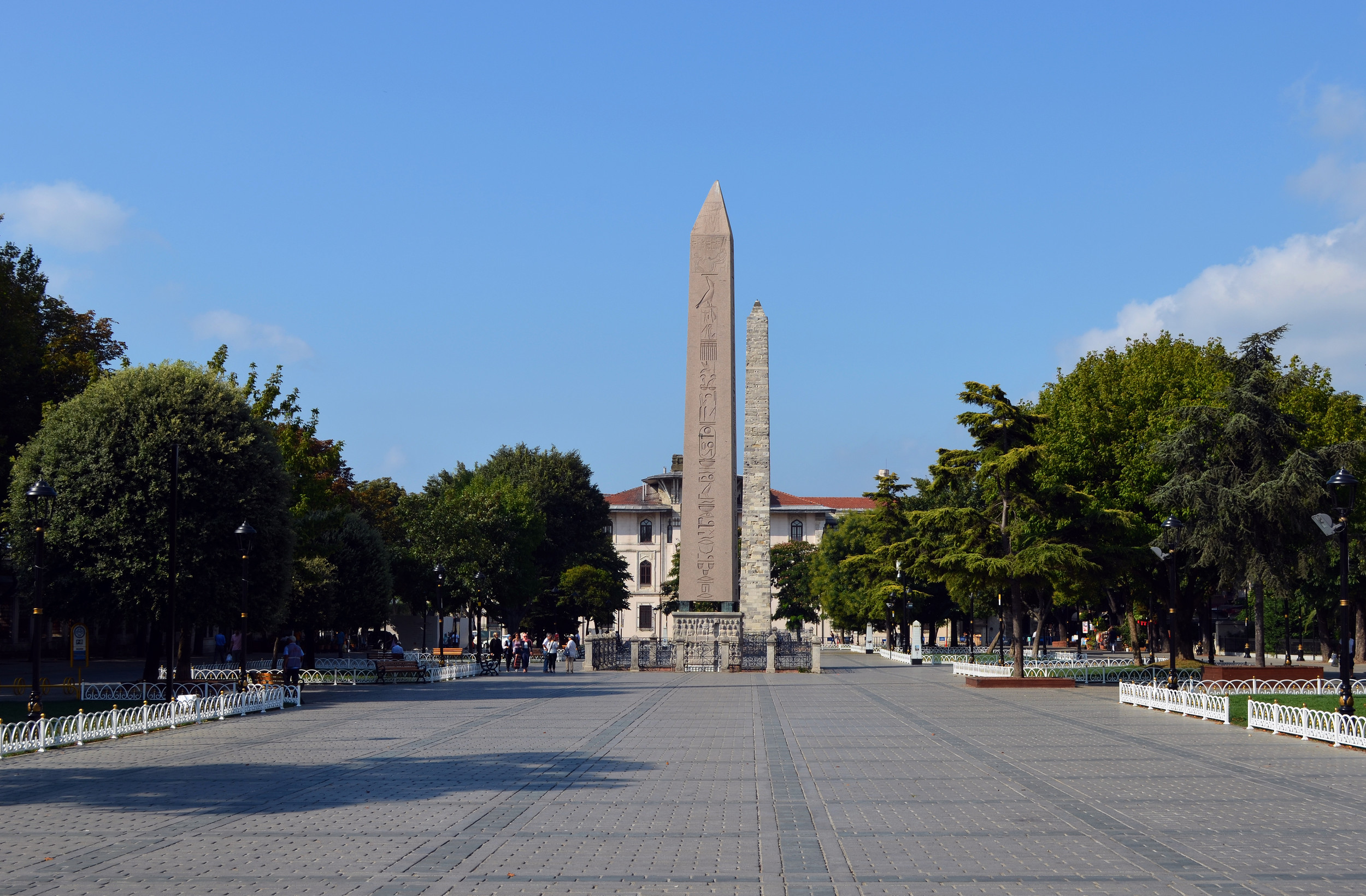
5- Turkish and Islamic Art Museum
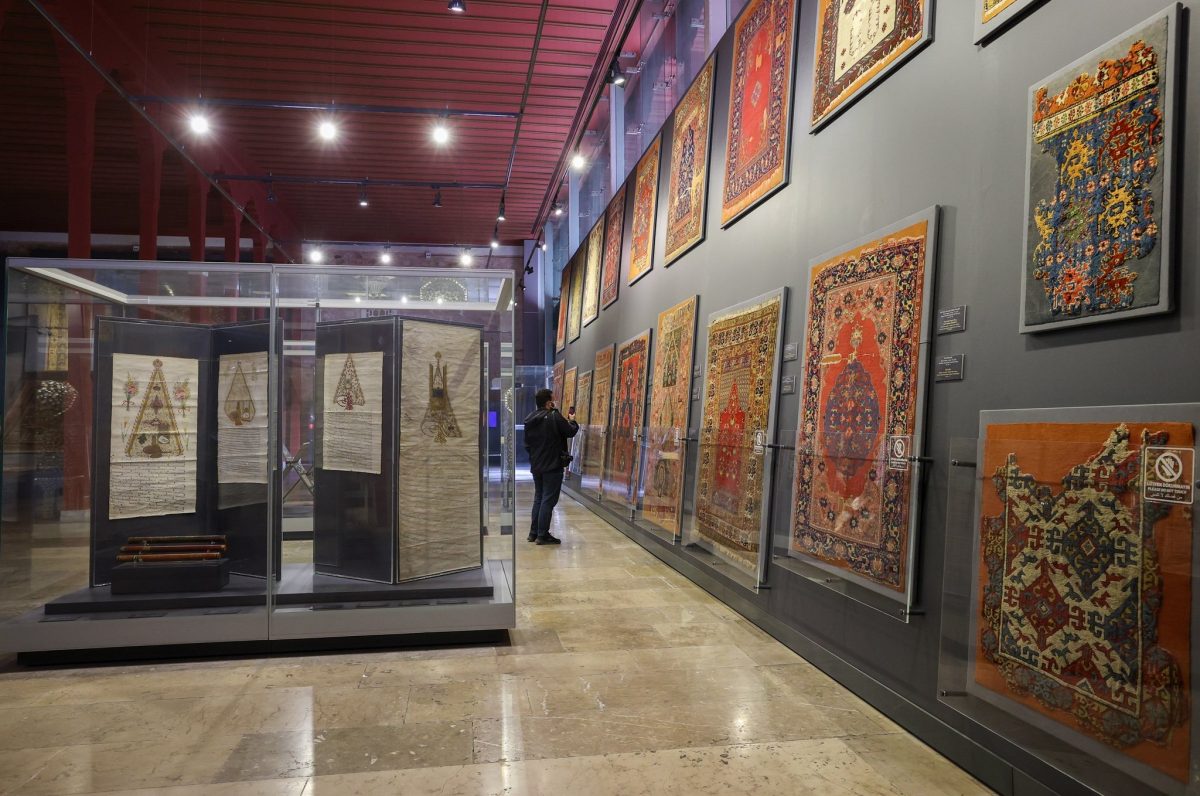
Located opposite the Blue Mosque on the Hippodrome, the Turkish and Islamic Art Museum (Türk-Islam Eserleri Müzesi) is a treasure trove of beautiful objects from the Ottoman, Seljuk, and earlier periods beginning in the 8th century. If you have an interest in Islamic Art, this museum is a must-visit.
6- Basilica Cistern (Yerebatan Sarnıcı)
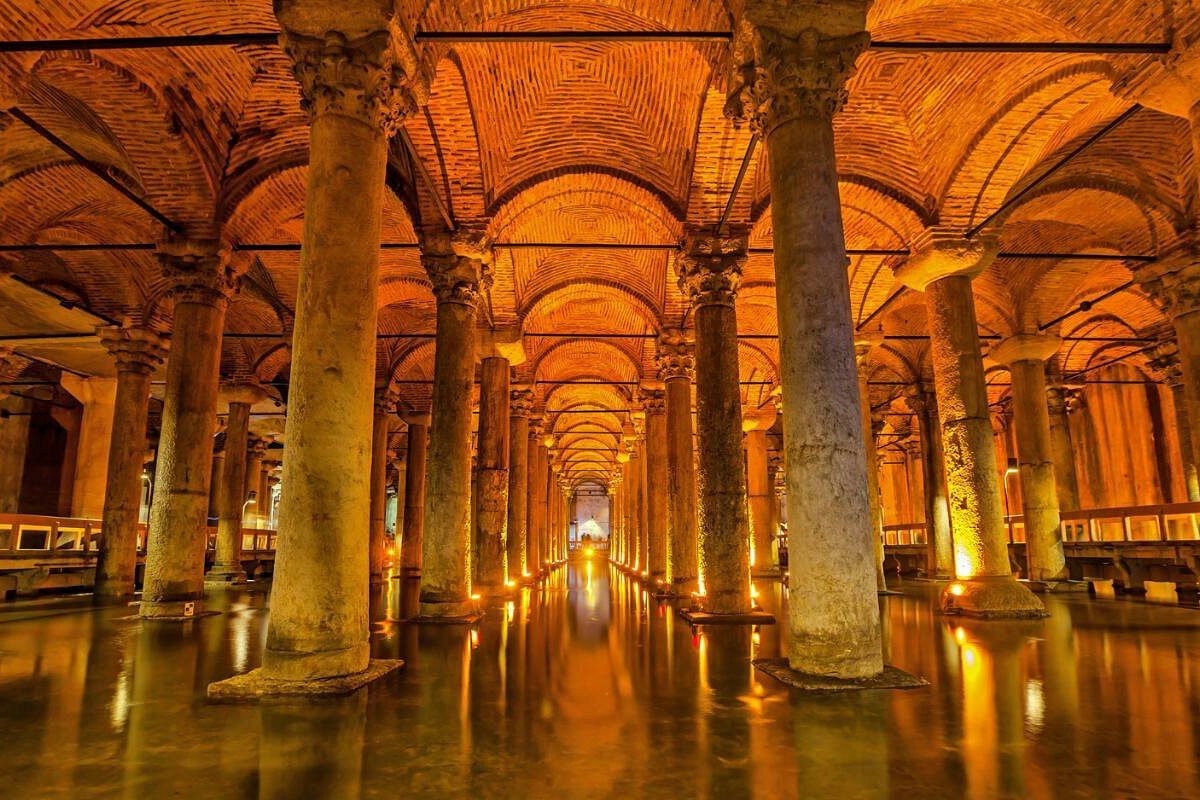 An incredible hidden gem of Istanbul, the Basilica Cistern, also known as the Sunken Palace, is where the myth of Medusa takes place. You can see the sculpture of Medusa’s head in the Cistern, which is an incredible sight. As you might know, a scene from a James Bond movie was shot in this Cistern, attracting more tourists. In the past, it was an eerie subterranean reservoir with 336 marble columns that could hold 2,265 cubic meters (80,000 cubic feet) of water in case of drought or siege. Currently, it is used as an art exhibition venue, where artistic works are displayed.
An incredible hidden gem of Istanbul, the Basilica Cistern, also known as the Sunken Palace, is where the myth of Medusa takes place. You can see the sculpture of Medusa’s head in the Cistern, which is an incredible sight. As you might know, a scene from a James Bond movie was shot in this Cistern, attracting more tourists. In the past, it was an eerie subterranean reservoir with 336 marble columns that could hold 2,265 cubic meters (80,000 cubic feet) of water in case of drought or siege. Currently, it is used as an art exhibition venue, where artistic works are displayed.7- Grand Bazaar (Kapalı Çarşı)
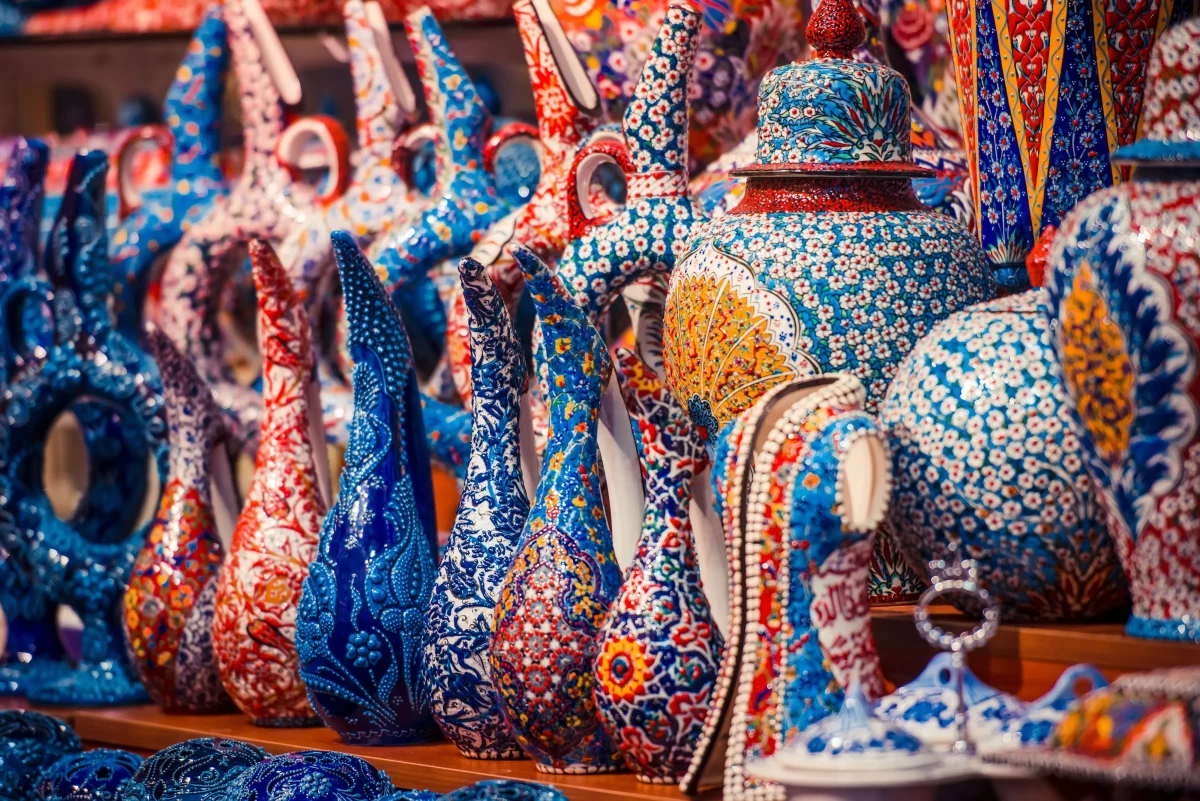
Situated in the historical peninsula, the enormous Grand Bazaar has been on UNESCO’s World Heritage list since 1985. It is the ultimate medieval “shopping center,” with 4,000 shops. Whether you buy something or just come for a visit, it is worth experiencing this environment. Every year, more than half a million visitors come to the Grand Bazaar, testifying to its incredible appeal.
8- Egyptian Bazaar (Mısır Çarşısı)
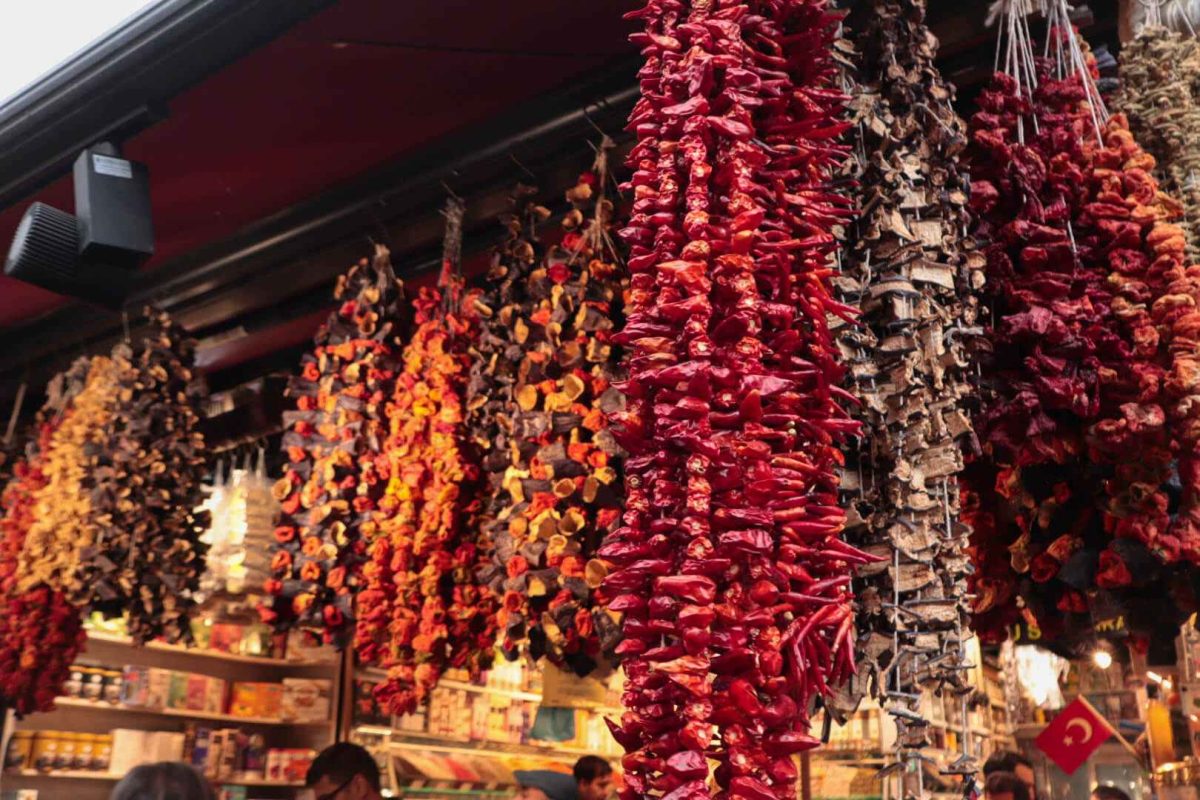
9- Galata Tower (Galata Kulesi)
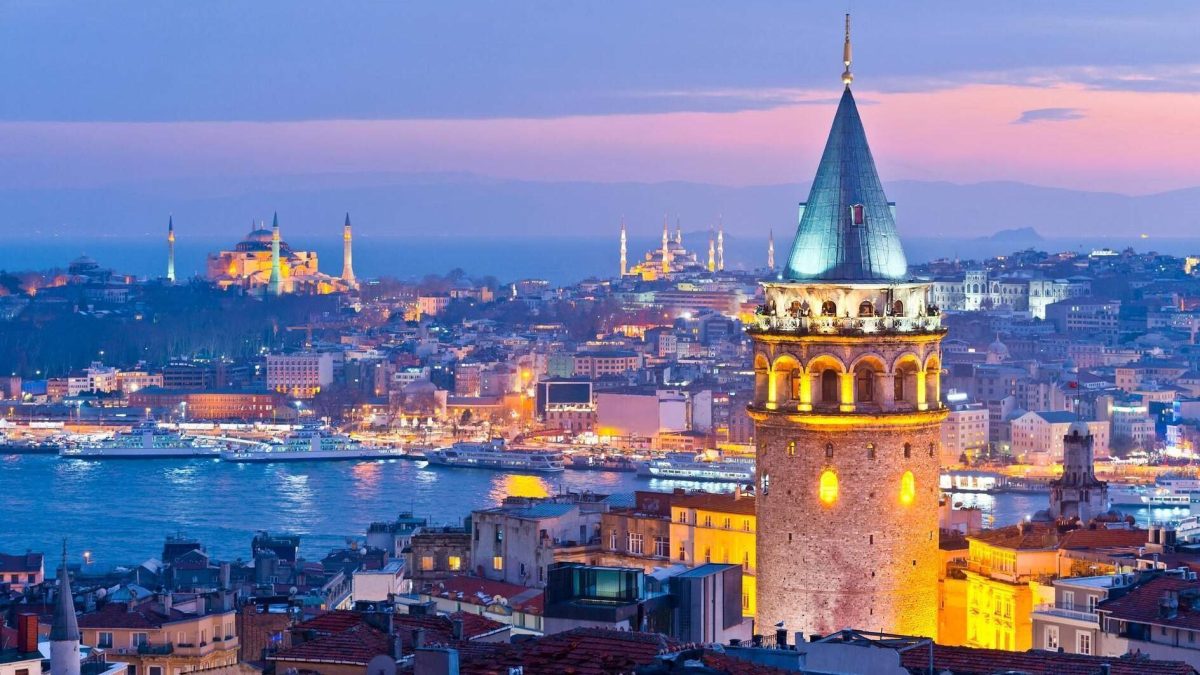
10- Dolmabahçe Palace (Dolmabahçe Sarayı)
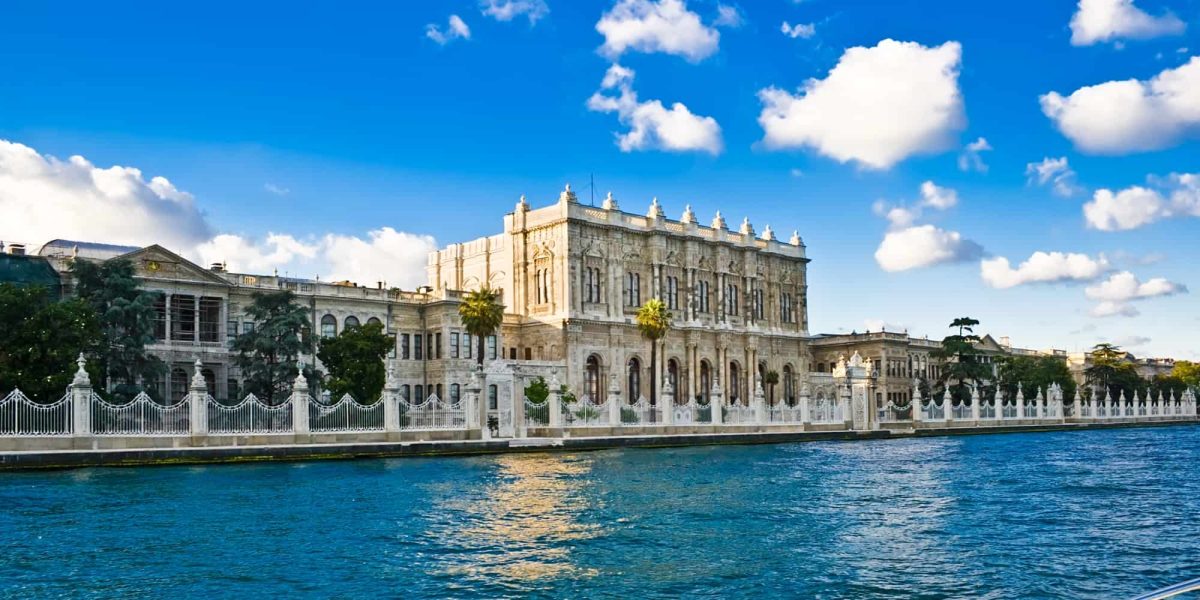
Dolmabahçe Palace, located on the European shore of the Bosphorus in Istanbul, is a fitting symbol of the magnificence and decadence of the 19th-century Ottoman Empire. It is one of Istanbul’s must-visit locations and has many beautifully decorated rooms. Not only is Dolmabahce Palace an incredible piece of Baroque architecture, but it also holds a magnificent history within its walls. It has been home to six different Sultans, as well as the first President of the Turkish Government, Mustafa Kemal Atatürk.
